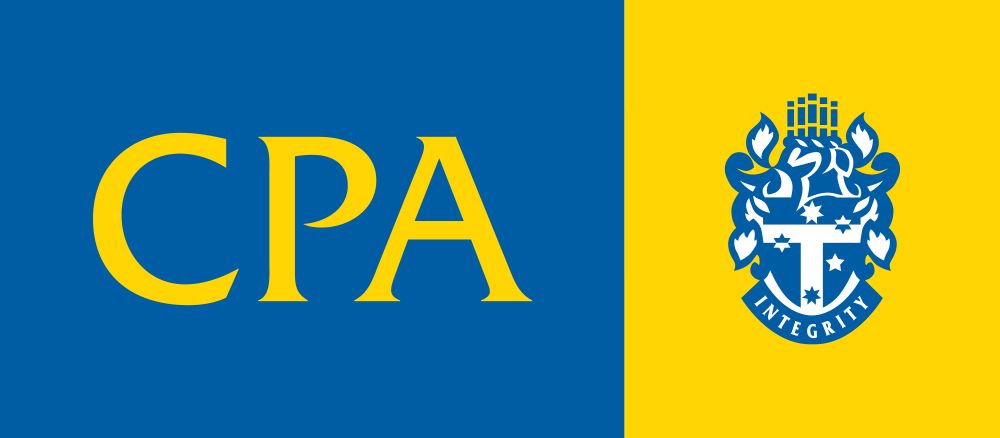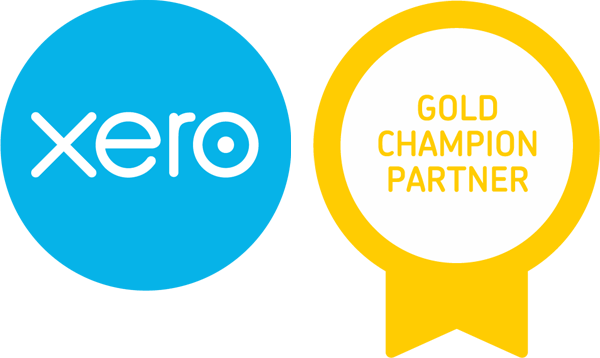Preparing a High-Quality Tender Submission
In the world of business, particularly in industries heavily reliant on contracts and projects, tender submissions are often a necessary evil. Whilst they are time-consuming to prepare and, at times, require what feels like an intrusive amount of information about your business, they are also the gateway to new opportunities and potential revenue growth for your business. So having the skills, time and attention to detail to prepare a high-quality tender submission is essential.
Whether you're a seasoned professional or new to the process, the art of preparing and submitting tenders requires a strategic approach and meticulous attention to detail. Within this article we will explore what tender submissions entail and essential tips to enhance your success rate.
What are tender submissions?
A tender submission is a formal offer to perform a scope of work, supply specified goods, or supply specified services at a specified cost. Typically, multiple submissions are prepared and submitted by various suppliers, all vying to secure a contract from a public or private organisation under a competitive bidding process. The successful applicant secures future business but also enhances their credibility and opens doors to future opportunities.
Key steps and focus points:
Read and understand the requirements
As soon as the tender is open download all documents and get an understanding of the tender process, key dates, contact details for questions and documentation for submission. It is essential that you do this early so that you can prepare a timeframe, key actions required and even a document/response log to help you navigate the submission process.
Study the documentation
Carefully review all tender documents presented in the tender submission package, including specifications, terms, and evaluation criteria. You can expect that the documents' specifications, terms and conditions will form part of your final contract unless you agree otherwise. Some evaluation criteria might be essential, while others might be negotiable; however, the more prepared you are and the more boxes you can tick, the better your chance of success.
Ask questions early
Seek clarification on any unclear points promptly. This not only demonstrates your commitment and attention to detail, but it also gives you the opportunity and time to act on the responses provided, seek further clarification, and negotiate if needed.
Set aside time
Rushing through a tender submission leads to errors. Plan well in advance to gather necessary information, talk to the relevant people, prepare the required documentation and prepare a complete response to all questions.
Prepare your submission
Using your action plan and document/response log, work your way through each question and document that requires completion, preparing answers that are as detailed and complete as possible. If there are certain sections of the submission that you can’t prepare, engage a specialist to assist.
Review and proofread
Review your submission for accuracy, completeness, and consistency. Make sure there are no typos or errors. Attention to detail is important to show that you are a thorough, process-driven, and high-quality supplier. If you are going cross-eyed reviewing after having spent days preparing the content, ask someone you trust to keep the information confidential and who has good attention to detail to review it as well.
Submit
Following the submission procedures set out in the tender package, submit your documentation before the due date. Follow the correct process (e.g. submit it to the correct email address, or upload documents via a portal if specified, save your documents in the correct format, name your documents correctly) and don’t wait for the due date to submit. If technology fails you on the day everything is due you may miss the due date and cause yourself significant stress. Don’t be afraid to also follow up after you submit, checking that your submission has been received and highlighting your interest in the tender.
What should my submission include?
Clear and concise responses
Use clear and jargon-free language in your responses. This will make your submission easier to read and understand during the assessment process.
Experience
Showcase similar projects or successes that demonstrate your capability to deliver. If you have experience and contacts from a similar project that you successfully delivered, contact that customer and ask if they can be included as a referee. It is very important to provide comfort and assurance of your competence and capabilities.
Address all evaluation criteria
Ensure your submission directly addresses how you meet every evaluation criterion outlined in the tender request. If you can’t meet certain criteria, discuss this with the designated contact person early, determine if it is a deal breaker or whether there is an alternative option that works, and explain the discussion and agreed alternative option clearly in your submission.
Depending on the industry, some tender requests require suppliers to show that they are compliant with certain standards (e.g., environmental, occupational health and safety, and document management). If you are not compliant but intend to continue to target this industry as a customer, it might be worth engaging a specialist to help you become compliant so that you can tick those boxes next time.
Competitive but realistic pricing
Your pricing should be competitive enough to stand out but realistic enough to ensure profitability. Do not agree to pricing that puts your business under financial stress. Doing more is only beneficial if it creates more profit. If there are many applicants and although your pricing works for your business, you are concerned that it is too high, don’t be afraid to explain your pricing process. Under the right circumstances, being transparent will build trust with the customer.
Preparing tender submissions is both an art and a science. It requires strategic planning, attention to detail, and a clear understanding of the customer’s needs. By learning about the process and giving it the time required, you can increase your chances of success and leverage tender opportunities to propel your business forward. Remember, each submission is an opportunity to showcase your strengths and capabilities, so make it count.
If you need assistance in preparing tender submissions for your business please
contact Jenna van Nierop, who provides business advisory services to our clients.




